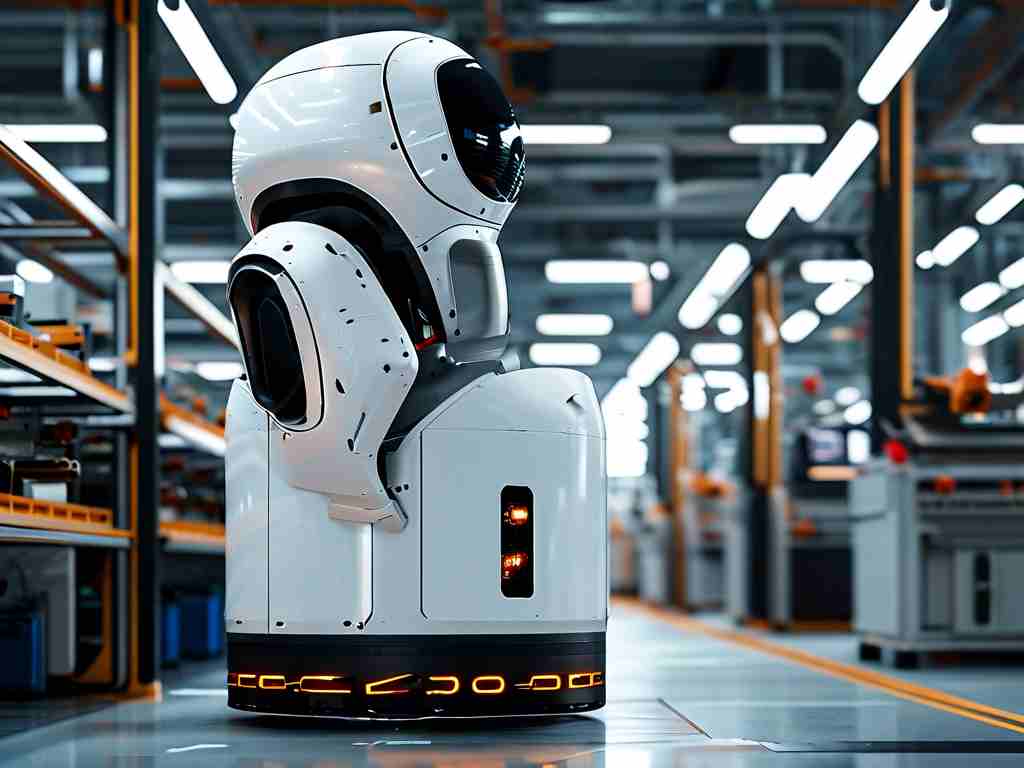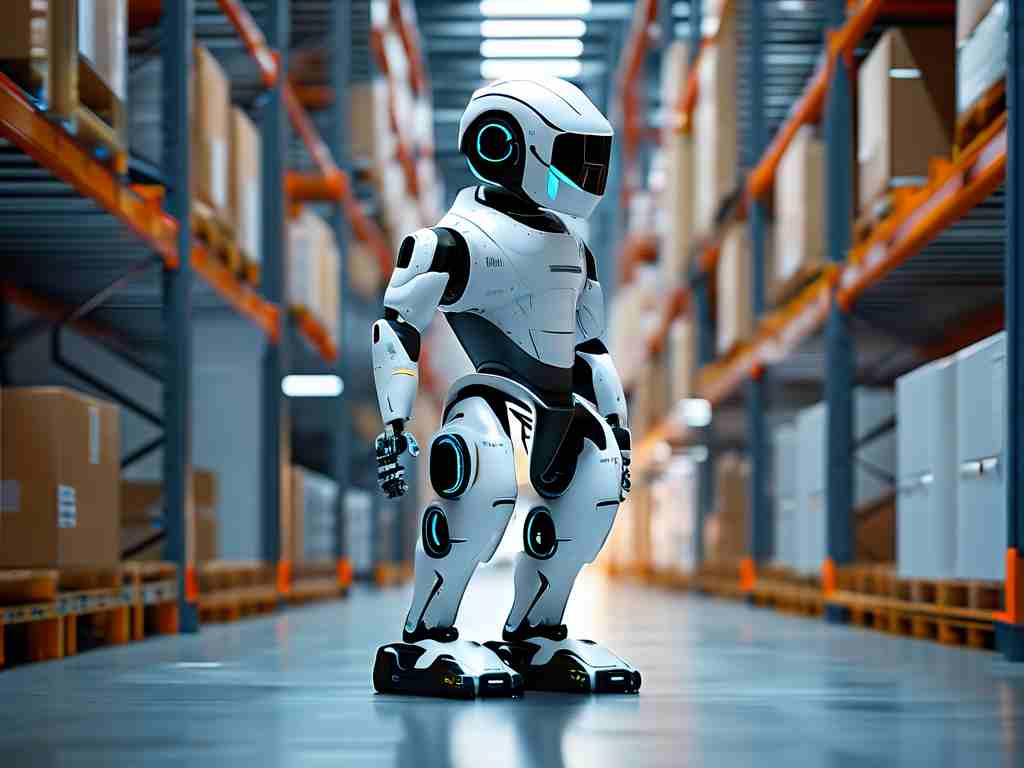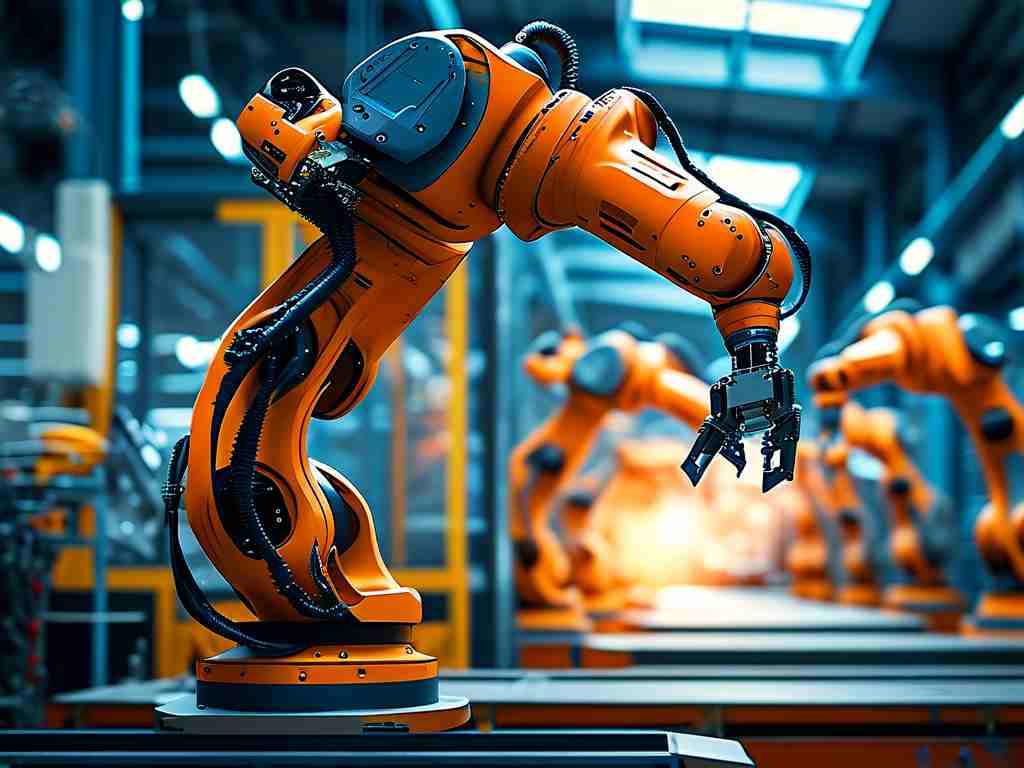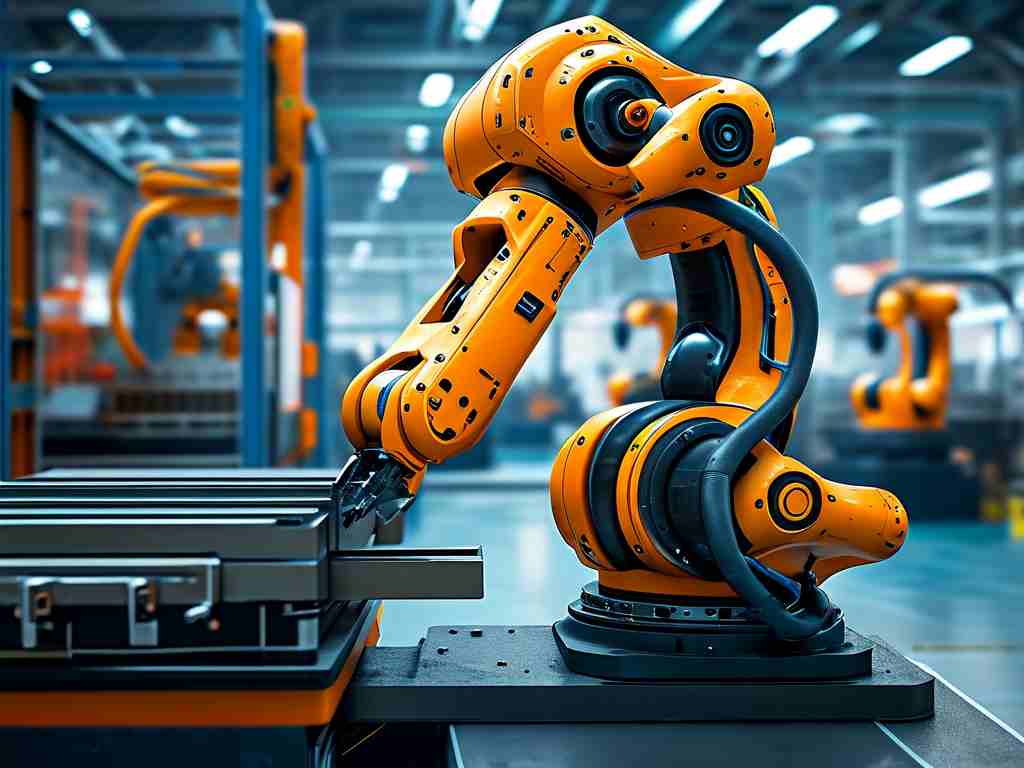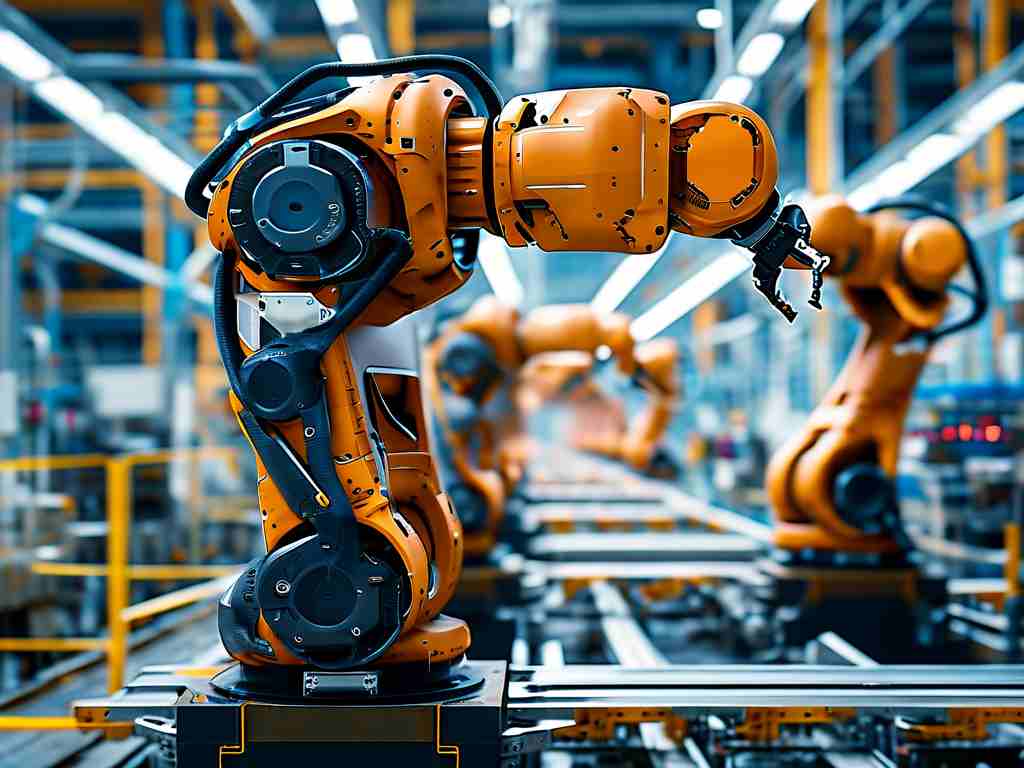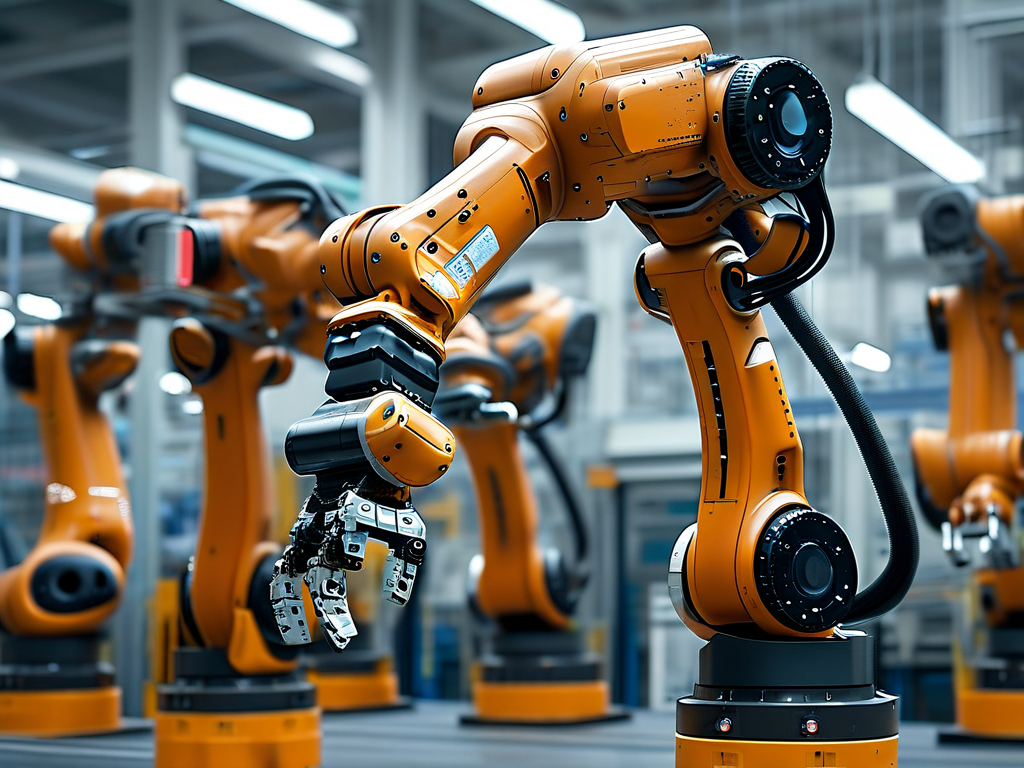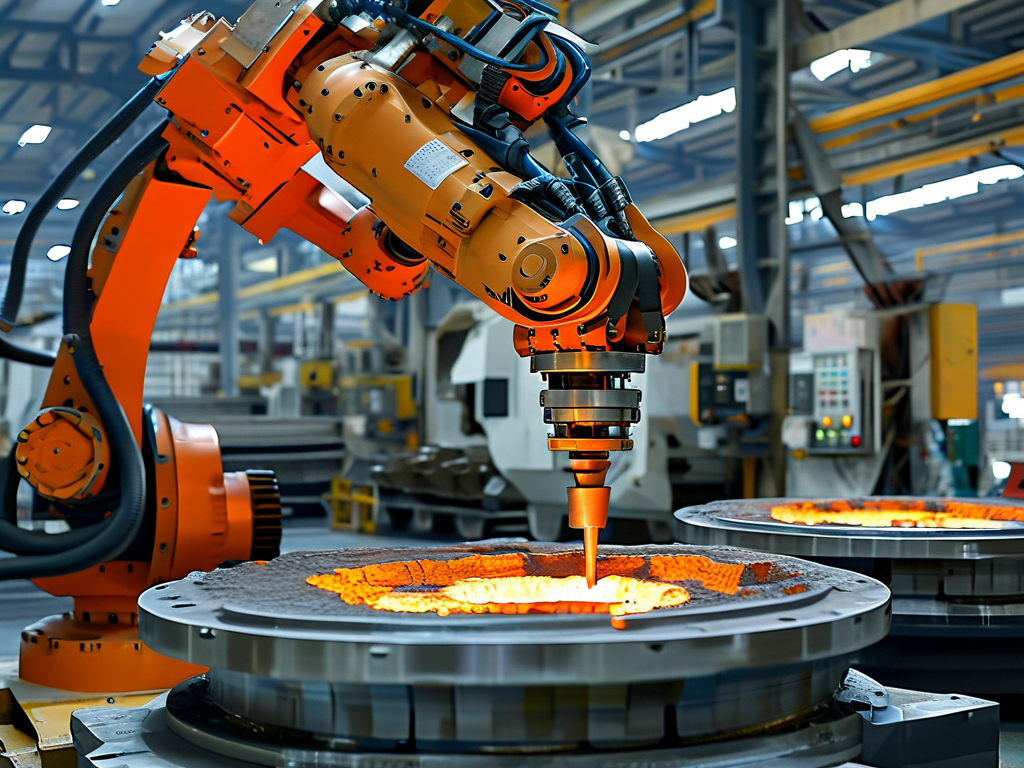The integration of robotic sorting technology has revolutionized material handling processes across industries. Unlike traditional manual sorting methods, automated systems combine precision, speed, and adaptability to address complex operational challenges. This article explores six core advantages driving the global adoption of robotic sorting solutions while analyzing their transformative impact on supply chain management.
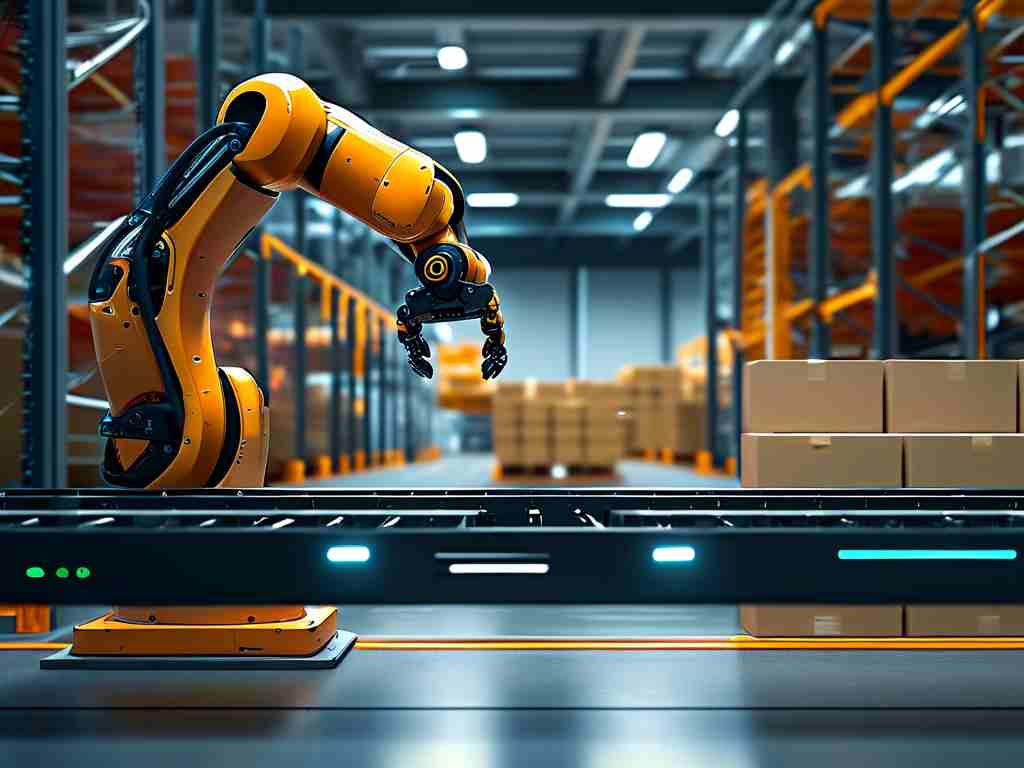
1. Enhanced Operational Efficiency
Modern robotic sorting systems leverage advanced algorithms and multi-axis motion control to process items at unprecedented speeds. A single robotic arm equipped with AI-powered vision sensors can sort up to 2,400 parcels per hour—a throughput rate unattainable through human labor. This acceleration is particularly crucial in e-commerce fulfillment centers, where seasonal demand fluctuations require scalable sorting capacity. For instance, during peak shopping periods, automated systems maintain consistent processing times while reducing order fulfillment cycles by 40-60%.
2. Precision Error Correction
Machine learning algorithms enable robotic sorters to continuously improve their recognition accuracy. Through real-time feedback loops, these systems achieve error rates below 0.05% in package identification—significantly outperforming human operators. In pharmaceutical logistics, this precision ensures correct medication sorting while maintaining compliance with strict regulatory standards. Vision systems incorporating hyperspectral imaging can now detect subtle material differences invisible to the naked eye, preventing costly mis-sorting incidents.
3. Adaptive System Configuration
Modular robotic sorting platforms demonstrate remarkable flexibility in handling diverse product categories. A single installation can be reconfigured through software updates to manage everything from fragile glassware to irregularly shaped automotive parts. This adaptability reduces the need for dedicated sorting lines, enabling manufacturers to consolidate operations. Automotive parts suppliers report 30% space savings after implementing universal robotic sorting cells that handle components across multiple production lines.
4. Workforce Safety Enhancement
Collaborative robots (cobots) with force-limited joints and collision detection sensors now work alongside human staff in hybrid sorting environments. These systems handle repetitive heavy lifting tasks, reducing workplace injuries related to manual material handling by up to 72%. In cold storage facilities, robotic sorters maintain continuous operation at sub-zero temperatures where human workers require frequent breaks, ensuring both productivity and employee well-being.
5. Data-Driven Process Optimization
Integrated IoT sensors transform robotic sorters into smart data collection nodes. By analyzing metrics like grip pressure variance and item orientation patterns, operators gain actionable insights for process refinement. A European logistics provider utilized sorting robot analytics to identify and eliminate 18 redundant steps in their returns processing workflow, achieving 22% faster restocking cycles. This data transparency also facilitates predictive maintenance, cutting unplanned downtime by 35-50% across various implementations.
6. Sustainable Operations
Robotic sorting systems contribute to environmental sustainability through optimized resource utilization. Intelligent weight-based parcel stacking algorithms reduce packaging waste by 12-15%, while energy recovery systems in hydraulic components lower power consumption by 20%. A leading parcel carrier reported 8% fuel savings in transportation logistics after implementing robotic sorters that optimize container loading density.
The evolution continues with emerging technologies like quantum computing-assisted route planning and self-healing gripper surfaces. As 5G connectivity enables real-time synchronization across distributed sorting networks, the next generation of robotic systems promises to further blur the boundaries between physical sorting operations and digital supply chain management. Organizations adopting these solutions position themselves to meet escalating customer expectations while future-proofing their operations against evolving market demands.
From manufacturing plants to smart warehouses, robotic sorting technology establishes new benchmarks for operational excellence. Its capacity to learn, adapt, and improve over time creates a paradigm shift—transforming sorting from a cost center to a strategic asset driving business competitiveness in the digital age.



